Tips from a Pro: Michelle Turner on Getting Great Photos of Couples
An expert wedding shooter shares some secrets for making a couple look their best on their big day and beyond
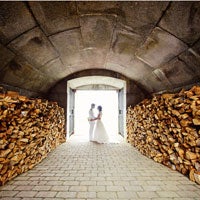
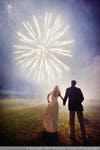


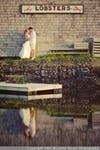




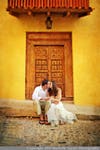
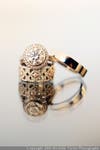

An expert wedding shooter shares some secrets for making a couple look their best on their big day and beyond
By Michelle Turner |












Want more photography techniques, camera reviews, and inspiration?
Sign up for Popular Photography's newsletter and join the club.
LET'S GO